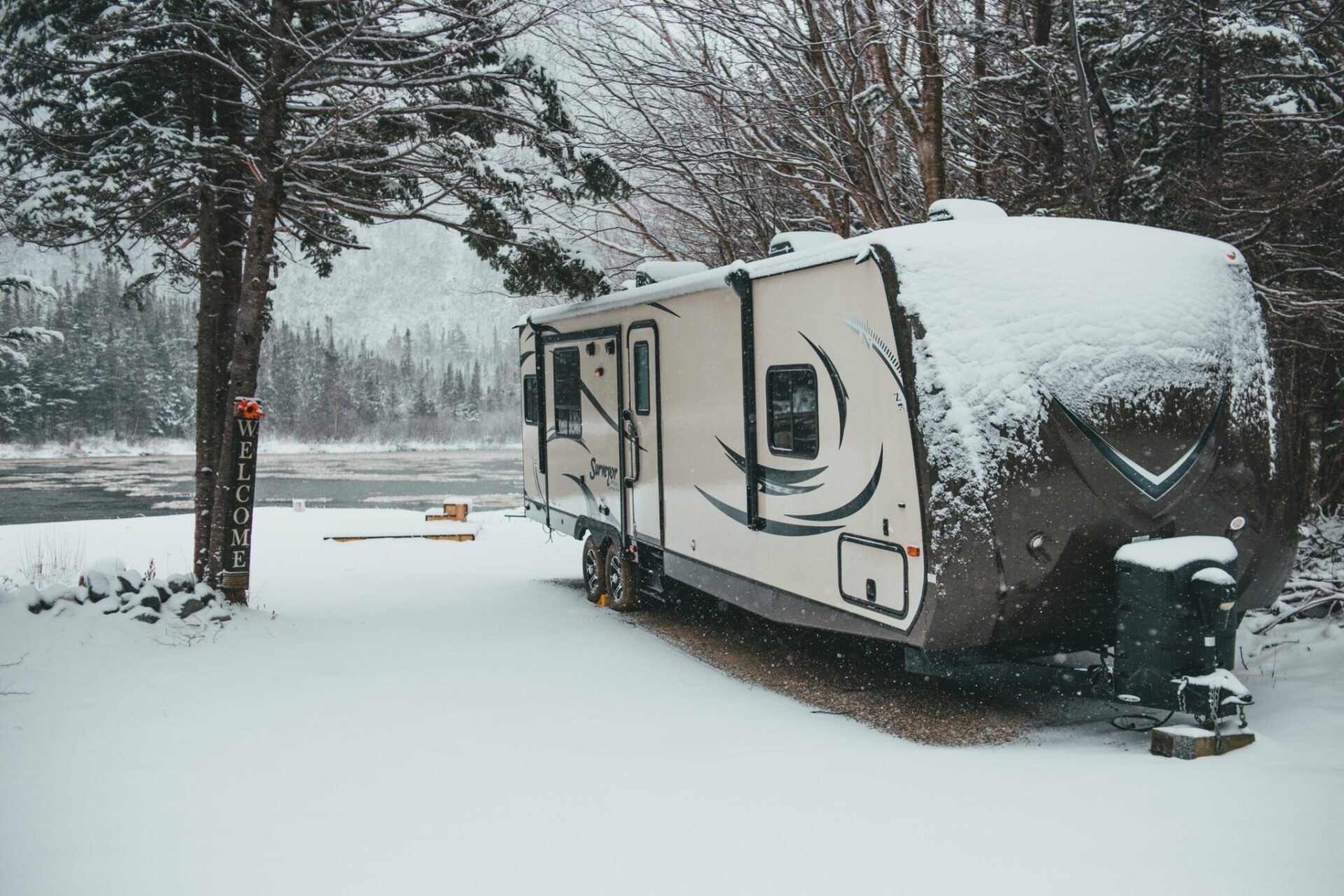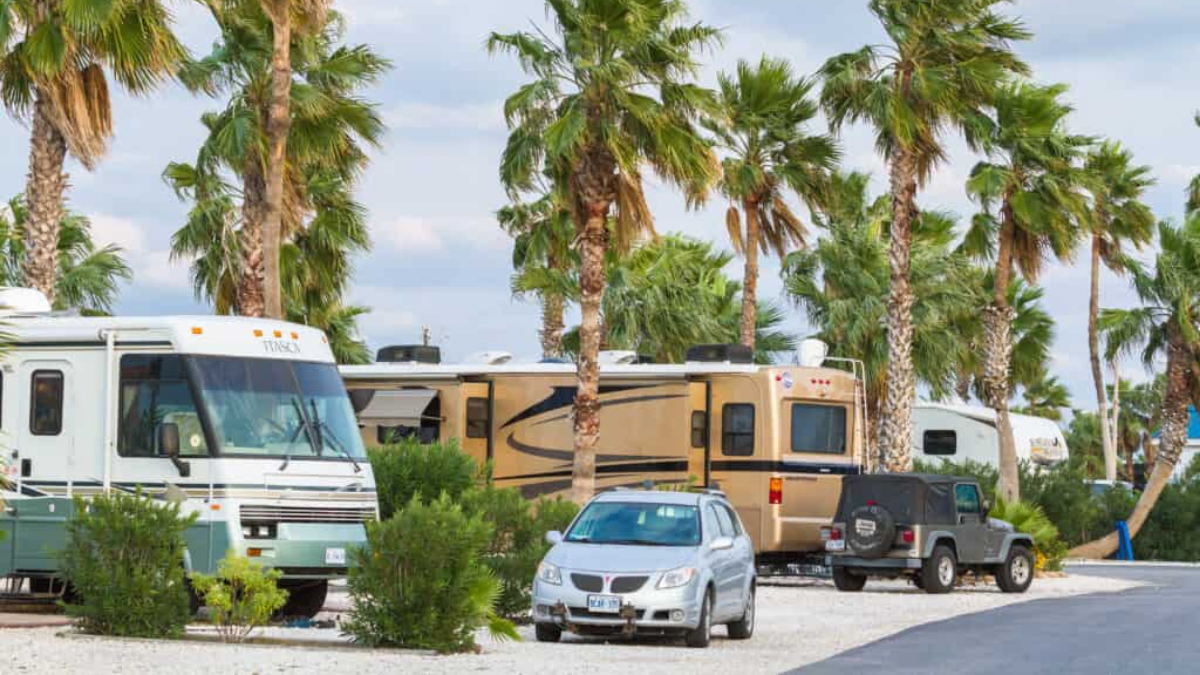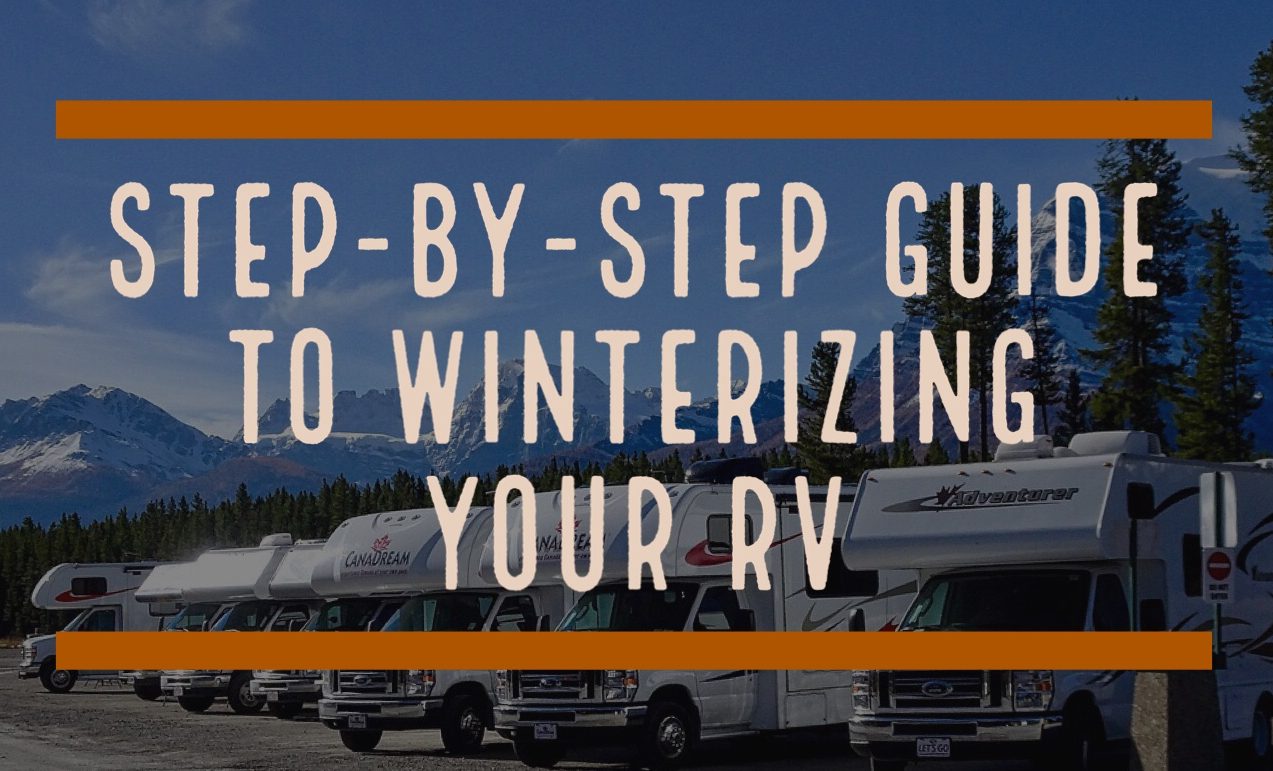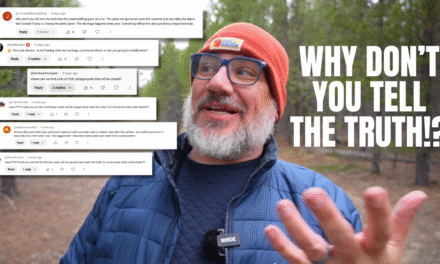With colder camping days upon us, and RV heaters kicking on regularly, propane is in high demand and creeping up in price and if you’re new to this, you may find yourself frustrated with how quickly your RV propane tanks are emptying.
If you find yourself enjoying some short-term winter camping this season, here are some quick, simple tips you can implement today to conserve propane, cut down on cost, and still keep toasty warm.
Prefer to watch? This video and more helpful tips and tricks can be found on our RV Miles YouTube channel.
If you find yourself short-term camping or moving from place to place this winter season, then the following tips will help keep you toasty warm and cut down on the propane cost.
Window Insulation Kits
This is one of the quickest and easiest ways to keep the warmth in and the cold draft out. Most window insulation kits work the same way: you put a sheet of heat-shrink plastic or other insulating material on the window panes with double-sided tape strips to add a layer of insulation.
We are currently winter camping for a month and covered all 18 of our windows. This has drastically reduced the cold draft the windows give off while keeping the warmth in.
Some people use a reflective bubble wrap type insulation material called Reflectx, but we like the ability to have the sunshine come through which can also help warm up your RV during the day.
If you don’t have the time for insulation kits, you can throw a blanket over your windows and even your front door. Rugs or blankets over the floors help a surprising amount, too.
You can also take the time to plug up any spaces that seem drafty with cheap rags, like the bottom corners of the slides, spaces where the plumbing comes in.
Electric Heaters
Electric heaters can be an effective way to cut back on propane consumption while keeping your rig nice and warm.
We have a fireplace heater in our living room which provides plenty of heat to our living room and kitchen. We use a ceramic heater to keep the bedrooms warm.
Electric heaters are pretty similar, so there’s no real need to spend a ton of money. Just make sure to get one with all the safety features.
Electric heaters take a lot of power to operate, which means you’ll need to be aware of the power draw, especially on 30 AMP. Never plug one into a power strip or an undersized extension cord.
In fact, they should be plugged into a circuit that isn’t being used by much else. We prefer not to use ours at night.
It’s important to understand that, if you have a heated underbelly, your water lines and tanks are being protected from freezing by the propane furnace. So if it’s below 32 degrees out, you’ll want to use your propane furnace at least at a minimal level.
Dress Warm
One of the most obvious ways to keep warm without using as much heating fuel is to dress warmer. Wear wool socks and a hat indoors. You’ll be surprised at how comfortable you can be with it 50 degrees inside if you layer up.
Manage Your Vents
You can heat much more efficiently if you’re only heating the rooms you’re in. When you’re done with the bedroom for the morning, you can cover the vents with a board to force the heat to go to the living space. At night, you can do the opposite.
Fill Your Propane Tanks
One of the biggest ways you can save money when it comes to propane usage is to have the propane tanks filled instead of exchanging them.
Many National chains like Menards and Tractor Supply will fill your propane tank at a charge per gallon which is much cheaper than if you exchanged the tank. Another bonus to having the tanks filled as opposed to an exchange is you actually get more.
It says right on the exchange bottle that you’re only getting 16lbs of propane instead of the 20 that you get on a fill. Plus, You’ll only pay for the propane you use. Any propane left in your tank isn’t lost as it is during an exchange –and even the smallest amount helps. Many campgrounds will also refill your tank at a cost per gallon.
Our campground currently has a program where for every four refills you get the fifth free. That’s a huge saving.
Those are our quick propane-saving tips, we’d love to hear yours in the comments.








